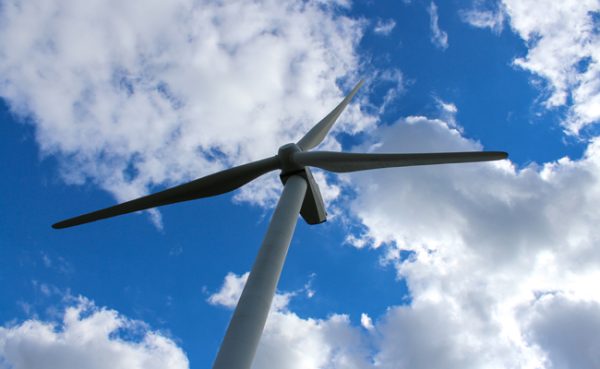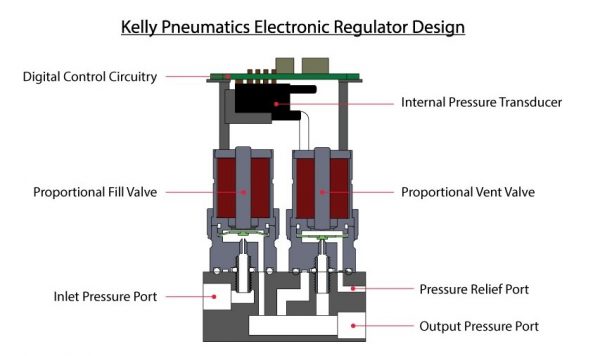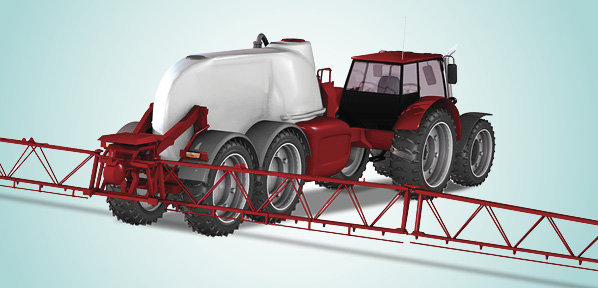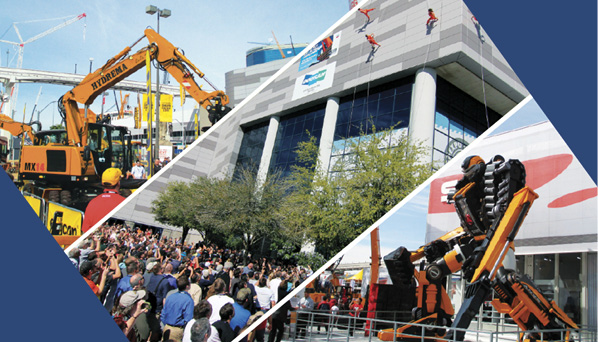Compressed Air Systems: Are You Draining Away Your Profits
By Ron Marshall
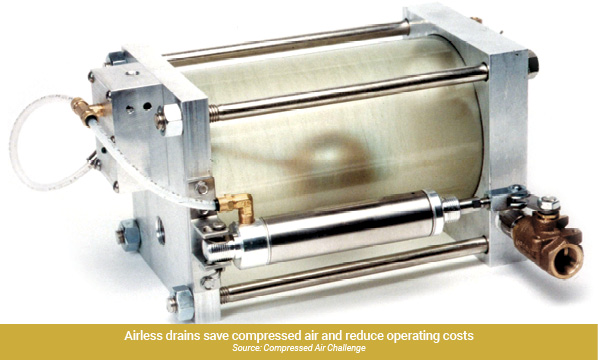
Air compressors create water, there is no way around it, the ambient air is squeezed, like wringing a sponge, and cooled, creating a constant flow of condensed water at the discharge of the compressor, as well as at various points down the line, like at air dryers and filters. How well you remove this water affects not only the quality of the compressed air, but also your operating costs.
Consider a 50 hp air compressor running fully loaded on a hot, humid summer day, just after a rainstorm, with inlet air at 80°F (26°C) and relative humidity of 70%. Under these conditions, the air compressor will produce about 34 gallons of water in a 24-hour period. Any timer style drain would have to be set to drain frequently enough to remove all the water, or the excess would flow into the air dryer, which is not designed to process free water. On the other hand, during cooler, dryer conditions, such as 70°F (21°C) ambient and 30% relative humidity, the amount of water produced would be only about 12 gallons per 24 hours, therefore the previously set timer would drain excessive compressed air to remove water that is not there.
Similarly, at the air dryer drain, the amount of water being expelled under the hot conditions would be about 9 gallons per 24 hours. But under cool conditions, about 4 gallons would be condensed from the air stream. Of course, these calculations assume that the compressor is fully loaded, if it is running at partial load, the timer drain wastes even more compressed air.
Best practice for compressed air condensate drainage is to have a drain style that works on demand. If the amount of water is high, the drain will operate more; if less, then the drain automatically cuts back. Drains that use level operated internals are the most suitable for this type of operation, even better if the drain uses no compressed air at all, as are the characteristics of some of the zero-loss styles.
Some tips on selecting the best drains for your system:
- Place drains anywhere moisture might collect, like low spots in piping, especially after points where the compressed air undergoes a temperature change.
- For gravity-fed drains, ensure the piping is routed to provide a good flow path for water (water doesn’t flow uphill) and don’t skimp on pipe size to prevent air lock.
- Always place a strainer with a clean-out port (with ball valve) so that pipe scale and lubricant debris can be drained out of the water stream without clogging the drain.
- Purchase drains that have an easy test method, and train your operators to regularly confirm the drain is operating.
- Purchase drains that have a port where water levels can be seen so proper operation can be confirmed.
- If air lock is an issue, then a small amount of air may need to be drained to promote flow.
- For lubricated compressors, the condensate will contain oil. Be sure to dispose of it responsibly.
Ron Marshall is owner of Marshall Compressed Air Consulting, a company that specializes in compressed air efficiency assessments. Visit www.compressedairaudit.com.
Join the LinkedIn discussion group: Compressed Air Efficiency

